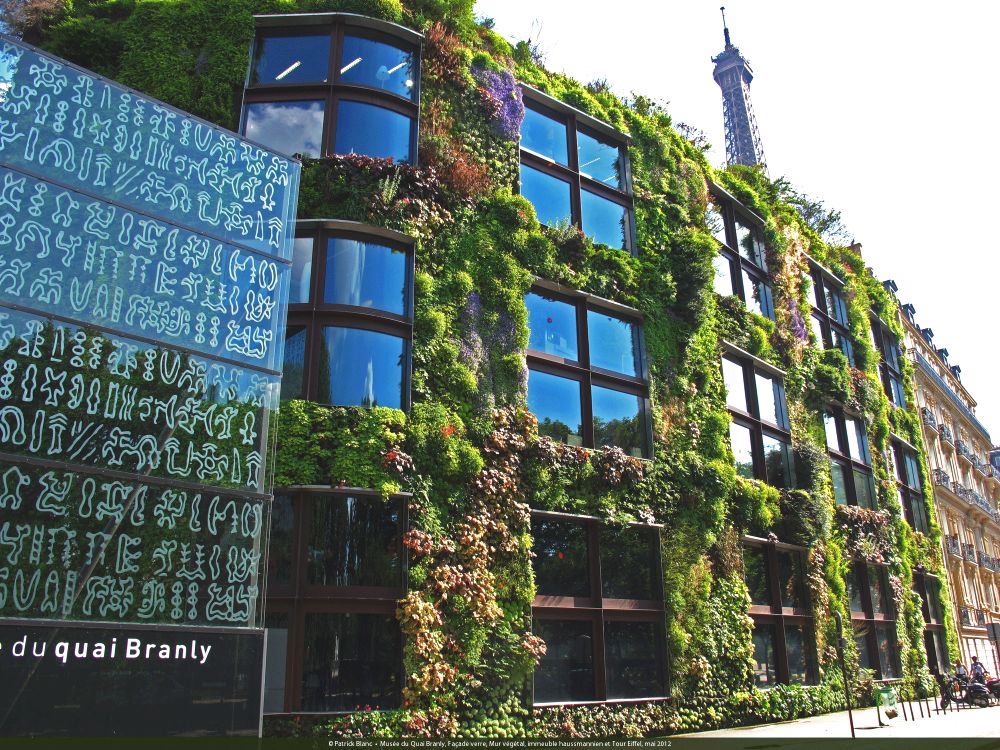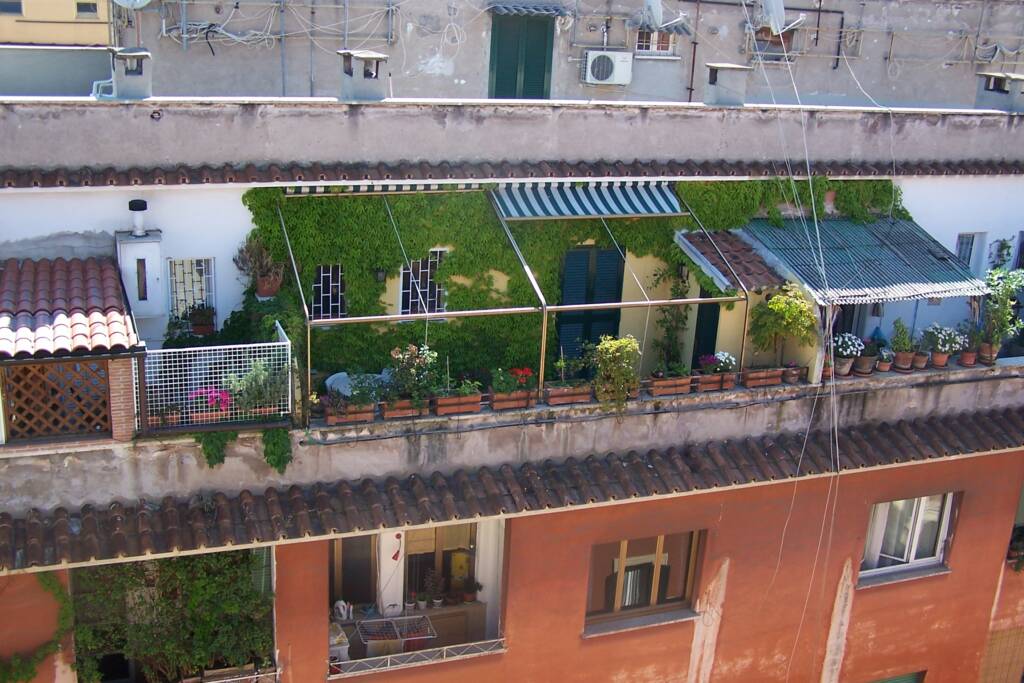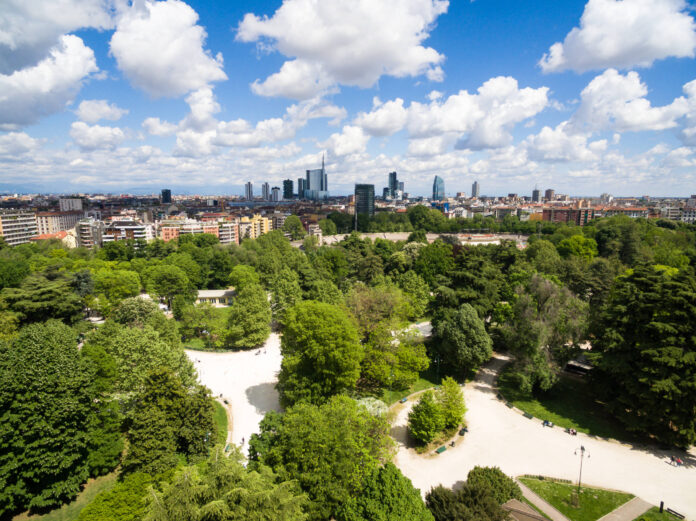It is estimated that more than 5,000 billion trees existed on Earth up to two centuries ago. Over the past 200 years alone, some 2,000 billion have been destroyed, undoubtedly contributing to worsening the already tricky climate situation.
In 2020, the World Economic Forum launched an initiative aimed at planting one trillion trees worldwide within a decade. This call for more greenery may increase environmental awareness, but it presents many problems considering that the world’s population is constantly growing and that, as a consequence, urbanisation and industrialisation will increasingly need land free of trees.
This ‘struggle’ for the use of space confronts us with an important sociological concern: the fear that severe social, economic, and ecological problems may arise.
However, albeit late and even at a slow pace, we increasingly realise that all agencies must act to find a remedy before we reach catastrophic situations.

Rita Baraldi is the research director at Bologna’s Institute for Bioeconomy.
To explore this problem and find possible solutions, FCI magazine writer, Maurizio Lapponi, sat down with Dr Rita Baraldi, Research Director at Bologna’s Institute for BioEconomy (IBE). With her research, Dr Baraldi has revived in everyone the desire to work for the good of our planet.
She explains how trees and plants help mitigate climate change and improve air quality. But they are only one of many necessary interventions, and tree planting schemes require great care in choosing species and locations and assessing the costs and impacts on the environment and local populations.
FloraCulture International: What is the relationship between the current state of the climate in relation to a growing world population, relative urbanisation, and uncontrolled industrialisation?
Dr Rita Baraldi: “Planting trees can help reduce atmospheric greenhouse gases, but it is only one of many necessary interventions and requires great care in the choice of species and locations and in assessing the costs and impacts on the environment and local populations.
The major part of observed global warming is caused by greenhouse gas emissions from human activities. Anthropogenic emissions of the main greenhouse gases have further increased (CO2 = 420 ppm in 2022).
The increase in its concentration in the atmosphere, and in particular the use of fossil fuels, has caused global warming and climate change. Cities are the main protagonists of climate change: despite covering two per cent of the earth’s surface, they are responsible for 70 per cent of greenhouse gas emissions.
During the decade of 2011-2020, the average global temperature of the planet was 1.09°C higher than in the period 1850-1900. As a result of global warming, the average rise in sea level was 20cm (1901-2020). All the most important indicators of the components of the climate system (atmosphere, oceans, ice) are changing at a speed never before observed in recent centuries and millennia. The planet is on a path of a temperature increase of 1.5°C. A rise of 1.5°C is scientifically expected. It will occur a decade earlier (2040) than previously predicted by the Intergovernmental Panel on Climate Change (IPCC), the UN body for the assessment of climate change science.”
Unfortunately, the increase in respiratory diseases makes us worry, so the air we breathe is another cause for concern.
“Ninety per cent of the world’s population breathes polluted air. The World Health Organisation (WHO) estimates that exposure to pollution causes seven million premature deaths yearly (25 per cent of diseases and mortality globally). External sources of pollution: motor vehicle traffic, energy production, heating systems, agriculture, waste incineration, and industry. Pollution inside our homes, offices and enclosed spaces contributes to almost 50 per cent of mortality. Low- and middle-income countries suffer the higher exposures.
In Italy, comparing even just visually the air quality maps over the Po Valley in March-April 2019 and March-April 2020 during the lockdown imposed by Covid-19, one can clearly see the concentration of NO (Nitrogen Dioxide) in the air was reduced by 50 per cent compared to the expected. Remember that NO is an indicator of the contribution of vehicular traffic to air pollution. It is therefore evident the significant environmental impact of anthropogenic emissions.”

In open streets, separating cycle and pedestrian paths from the road with car traffic with associations of low trees and shrubs to create a barrier of vegetation has a positive impact on air quality. It avoids direct exposure of pedestrians and cyclists to car pollution.
Have you also studied how trees impact urban mitigation?
“The plant’s contribution to urban mitigation depends on the species-specific physiological and structural characteristics: total leaf area, Leaf Area Index (LAI), Stomatal Conductance (gl), micromorphological characteristics of the leaf (roughness, epidermis, epicuticular wax, stomata and trichomes), the age of the plant, physiological state. Furthermore, the plant is subject to the complex interactions between environmental factors, biotic and abiotic such as concentration of pollutants, exposure to the sun, and wind.”
Did you also study the biogenic volatile organic compounds (BVOCs) that tree species emit into the air?
“BVOCs released from all parts of the plant are species-specific and are ten times more abundant in the atmosphere than those emitted by humans (Volatile Organic Compounds aka VOCs). These compounds are chemical messengers that the plant uses to communicate with the environment. For example, in plant-insect communication, they attract pollinating insects and repulse harmful insects. Emissions can also be induced in response to biotic and abiotic stresses. BVOCs are highly reactive in the atmosphere by changing the chemical and physical properties of the atmosphere: while in the natural environment, where anthropogenic pollution is limited, they can promote the removal of ozone from the atmosphere, unfortunately, in the urban environment, where anthropogenic NOx is higher, they can, on the contrary, contribute to the formation of ozone.”

Paris’s famous green wall installation at Quai Branly.
Do only trees sequester CO2?
“All vegetation, not only trees but also shrubs and lawns, make their contribution by absorbing CO2, dust and gaseous pollutants from the air. Each plant species has its environmental mitigation capacity that depends on both intrinsic factors (physiology, developmental dynamics, morphology) and extrinsic (numerosity) factors.”
How do you choose the most suitable species to include in an urban context?
“The choice must be made bearing in mind that while ozone is formed mainly during the summer, air concentrations of particulate matter (PM) are more abundant in the winter. Therefore, green projects must provide for the coexistence of deciduous (caducifoglia) and evergreen (broad-leaved and conifers). Plants that mitigate pollution even in winter are, for example, Pinus nigra, Taxus baccata, Hedera helix and Carpinus betulus, a deciduous shrub that retains its autumn leaves from the previous year. We recommend the importance of planting shrubs as a barrier effect in the area of tree trunks. In the planning of urban greenery, in addition to the plant species, the location and arrangement of trees and shrubs are critical. For example, in open streets, separating the cycle and pedestrian paths from the road with car traffic with associations of low trees and shrubs to create a barrier of vegetation has a positive impact on air quality and avoids direct exposure of the pedestrian and cyclist to car pollution. Conversely, in narrow urban streets and the middle of buildings (urban canyons), to have greater air recycling with the elimination of air pollutants, vegetation should preferably be low (shrubs) or cover walls and green roofs to reduce pollution. Where trees cannot grow or in flowerbeds between trees, a covering hedge could be an important element in mitigating air pollution in urbanised areas.”
Will plant varieties have to change as temperatures rise?
“Climate change threatens the health and survival of urban trees and the various benefits they provide to city dwellers. In the current context of rising temperatures and decreasing annual precipitation in cities, 56-65 per cent of tree species are already at risk today, and this figure could rise to 68-76 per cent by 2050. It will therefore be necessary to evaluate the most resistant plants.”

In a concrete jungle, greenery can make a difference.
I know that you have done much research and some of it involves nurserymen directly. How did it go?
“The studies carried out by our research group for several years both within European projects (Life Gaia) and in collaboration with national nursery associations such as the plant nursery district PlantaRegina in Canneto sull’Oglio/Mantova. These projects connected us with a different agricultural world of people who are passionate about their work, are technically prepared and know precisely what they want to have at the end of the survey.
We quantified the mitigation benefits provided by individual species commonly planted in the Po Valley area in a project with the GAL Oglio Po, creating files with the Eco-physiological characteristics of the species that can be consulted at www.vivam.it.”
Some final words
This academic conversation, nevertheless made user-friendly by Dr Baraldi’s ability to use straightforward language, convinces me to reflect on how green culture is becoming increasingly essential for the nursery profession to improve the awareness of the importance of what we do: growing trees. This collaboration with science will make the nursery a technical centre and proudly ‘the centre of green culture’.




